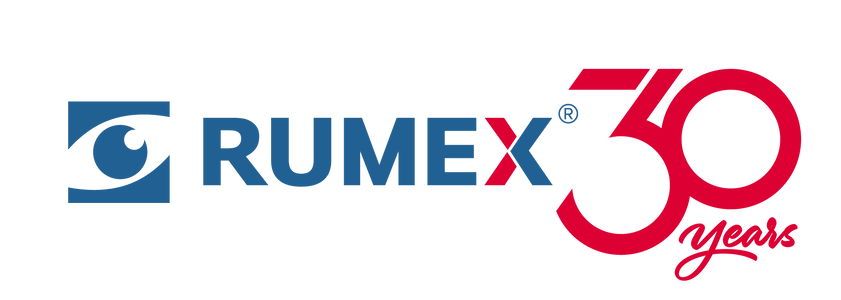
Surgical Scissors: What are Tenotomy Scissors?
Scissors are essential surgical instruments. They are useful in cutting organs open, or removing diseased or abnormal tissues. Scissors used depend on the nature of the surgery and the location of the organ to be cut. A special type of surgical scissors is the tenotomy scissors. One of the tenotomy scissors is Stevens scissors.
Tenotomy scissors have a very long handle, with very small and thin blades. Standard blades can be straight or curved. It depends on the needs and preference of the surgeon performing the procedure. Stainless steel is commonly used for its non-rusting and durability features.
The tips of tenotomy scissors blades can be blunt or sharp or a combination. The blunt tipped blades are used for blunt dissecting procedures, which usually involve mucus membranes. The sharp tipped ones are used for more delicate dissections, which require smaller and more accurate cuts.
The tenotomy scissors is especially designed to allow the scissors to cut tissues in tight and constricted areas. The long handles let the surgeon to have ample grip and adequate control of the scissors as it is maneuvered into tight spaces, body cavities or among delicate tissues. The sharp, slender and small blades allow precision cutting of body tissues. It also allows for access and probing into small areas.
Tenotomy scissors are mainly used in delicate surgical procedures. They are especially used in ophthalmic and neurosurgery. The small and sharp blades allows for precision cutting of the sensitive and delicate tissues in the eye region and of the small nerves.
Surgeries that involve the eyelids, lips and even the brain use tenotomy scissors as the main cutting instruments. Surgical dissections that require accurate cutting and tissue transplants that need a precisely defined area also use this type of surgical scissors.
Nerves in the brain and tissues in the eye area are very delicate. Cutting through them require small precise incisions. A slight injury to nearby tissues that are otherwise healthy can cause irreversible damage. The damage can worsen the existing disease condition or give rise to new health problems. Nerves and the eye area are in tight, constrained cavities or body areas, which has very minimal areas where the surgeon can maneuver and manipulate the delicate tissues. Hence, each cut need to be adequately controlled and very defined. Using tenotomy scissors can adequately satisfy the surgical requirements in these areas.
Some tenotomy scissors are made to be extra sharp for cutting small bones and cartilage, like in the nasal cavities. The small scissors are easily able to fit into the small nasal openings, and can reach far back into the cavities, depending on where the dissection or cut is to be made. They can also be used to cut through tendons. The narrow blades are easily inserted into the muscle groups. The blades can make a precise cut into the deeper muscle areas, small enough to suit the requirements of the surgery.

11-0481S-Shepard-Westcott Curved Tenotomy Scissors

